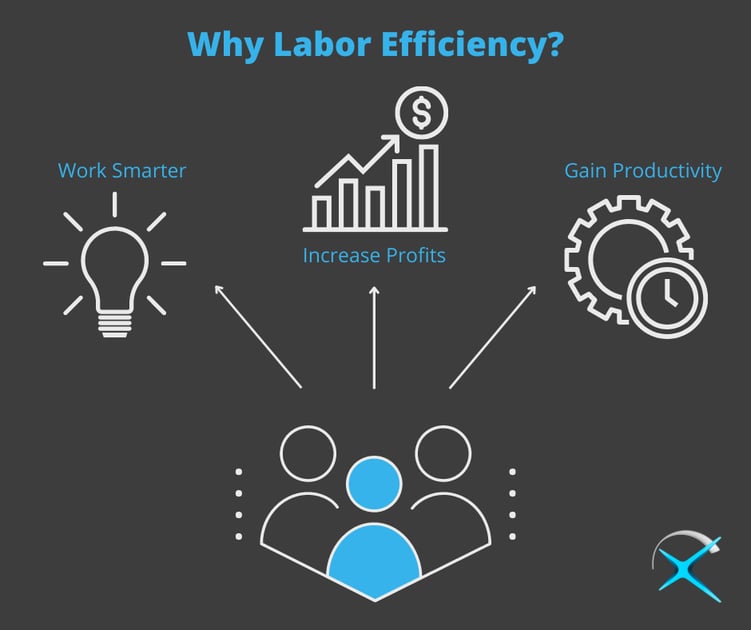Top KPI Metrics to Scale Your Restoration Business
June 13, 2022 •Ember Davis

Top KPI Metrics to Scale Your Restoration Business
Back in March 2021, CEO and Founder of Xcelerate, Rachel Stewart, wrote an article for R&R Online Magazine. This article gives an insider view of how Rachel measured and tracked her Restoration Company’s performance and growth. Rachel explains, in depth, the metric she found most beneficial and how you can do the same for your company! Read the original article below.
*
*
*
Over the past 12 years, I managed a restoration company in Mesa, Ariz., before moving on to be the CEO of a Xcelerate Restoration Software, a job management system my partners and I founded. In my role leading a large, full-service restoration company, we serviced a significant volume of commercial and residential jobs. As is true with any size restoration business, there were many moving pieces, and it was vital to our daily success that we accurately tracked metrics, customer satisfaction, and business performance.
Within our business, we were very focused on Key Performance Indicators (KPIs) to measure how effective we were – not only as a one-time measurement, but a long-term historical comparison of all our production efforts to ensure we were providing our clients and stakeholders a consistent, positive experience. The specific measurements were comprised of various performance factors, including but not limited to:
Onsite Arrival Times
Estimate Bid Time
Days to Start
Work In Progress Times
Gross Profit Margins
Labor Efficiency Ratio
While most of these KPI measurements are possible through tracking data manually, the moment we were able to utilize restoration management software to help automate the calculation of these metrics for our business – it was a game changer for our team.
One KPI that really helped us scale our restoration business and be more sustainable in the process was the measurement of the “Labor Efficiency Ratio.”
LABOR EFFICIENCY RATIO
One of my favorite KPI metrics to help manage capacity and ensure profitability is the Labor Efficiency Ratio. This ratio is tracked by dividing the total job revenue by all labor costs—both in-house and subcontractor labor.
Take, for instance, a job where our revenue was $9,016.25 and our labor costs equaled $3,185.95. By dividing our revenue by labor, we find our labor efficiency ratio to be 2.83. By being more intentional and efficient with our labor time on the job, the labor efficiency ratio would increase.
There is a sweet spot with labor efficiency: If your ratio is too high, you will likely burn your guys out; if you are not spending adequate time on projects you may not be able to ensure quality results. On the other hand, if your labor efficiency is too low, then you may need to look at productivity of employees on jobs, paperwork efficiency gains that you can get by utilizing new technology, or train your technicians to better understand the scope of the work.
What is an ideal labor efficiency ratio?
The answer really depends on what area of the country you are in, what your labor market looks like, and other factors. In my experience, a good labor efficiency ratio is generally in the high 4’s and reaching close to 5’s. Achieving a labor efficiency ratio higher than 5 often leads to staffing concerns, with employees feeling overworked and possibly a drop in quality.
How can we improve a labor efficiency ratio?
Increase Revenue If you are able to manage the pricing of your services, this is one of the quickest ways to improve the labor efficiency ratio; however, you may be facing some market constraints that prevent this.
Reduce Labor Costs Something a majority of us can focus on is reducing labor costs by becoming more efficient.
Some ways that you can reduce your labor costs include:
Analyze and improve your current labor practices. This includes reducing travel time where possible, making the best use of time on the job site, implementing better technology to save time and capture revenue, and appropriately managing shop time.
Streamline scheduling and dispatching methods. Do you have a systemized process for scheduling and dispatching crews? Do your teams have easy access to view their daily schedule without having to call into the office? If you are spending a lot of time building schedules or if your team doesn’t have the appropriate tools available to easily review their schedule wherever they may be, you may consider looking into a better process. Restoration job management software systems often make the scheduling process much easier to manage for all involved.
Produce more efficient field documentation. How easy and consistent is your current process for documenting job information in the field, capturing photos, documenting job notes, managing job forms and customer signatures, and more? We tend to point our fingers at technicians when documentation is incomplete or inconsistent, but the source of the issue may be a poor system or unclear processes. With the appropriate data management system, your field documentation should be consistent and make the process easier for your field teams. It is also essential that these systems are easy and simple to utilize so new employees can catch on quickly. This will reduce the cost to add additional team members or keep moving when turnover happens.
Set expectations and train employees. Are you able to review your processes and provide adequate training for your teams to better manage expectations? It’s important for all members of your team to understand your labor efficiency ratio expectations, be trained on the best methods to be productive and efficient, and understand how their performance impacts the profitability and success of the company overall.
The Labor Efficiency Ratio has a direct correlation with your job profit margins. By focusing on becoming more efficient, not only does your business increase profits, but your employees benefit from productivity gains and working smarter.
One of the best ways to automate the measurement of your business labor efficiency is through modern restoration management software solutions. While these solutions provide a much more comprehensive set of benefits, measuring your business KPIs can be automated and simplified through systemized processes. Contact your restoration management software provider to better understand how you can measure your labor efficiency and improve your employees and business.
Watch for Part 2 of the “Top KPI Metrics to Scale Your Restoration Business” where we introduce Water WIP (Work in Progress) KPIs and outline the benefits of tracking this metric within your organization.
*
*
*
Want to know more about Xcelerate?
Schedule a Strategy Session and contact Xcelerate today to see how a solution from Xcelerate could benefit your restoration business!

